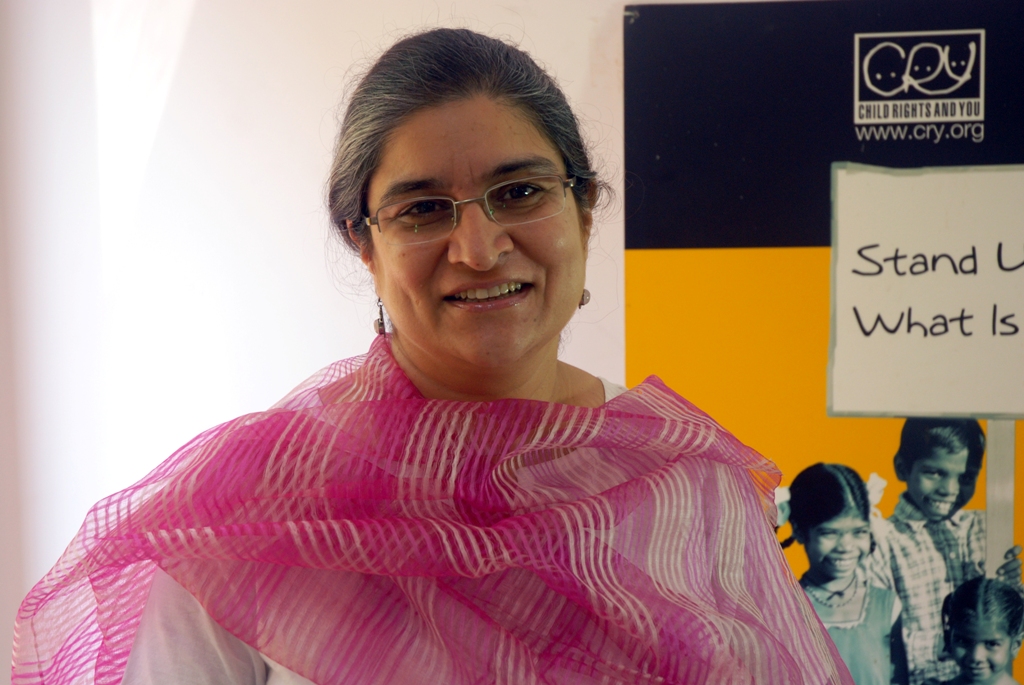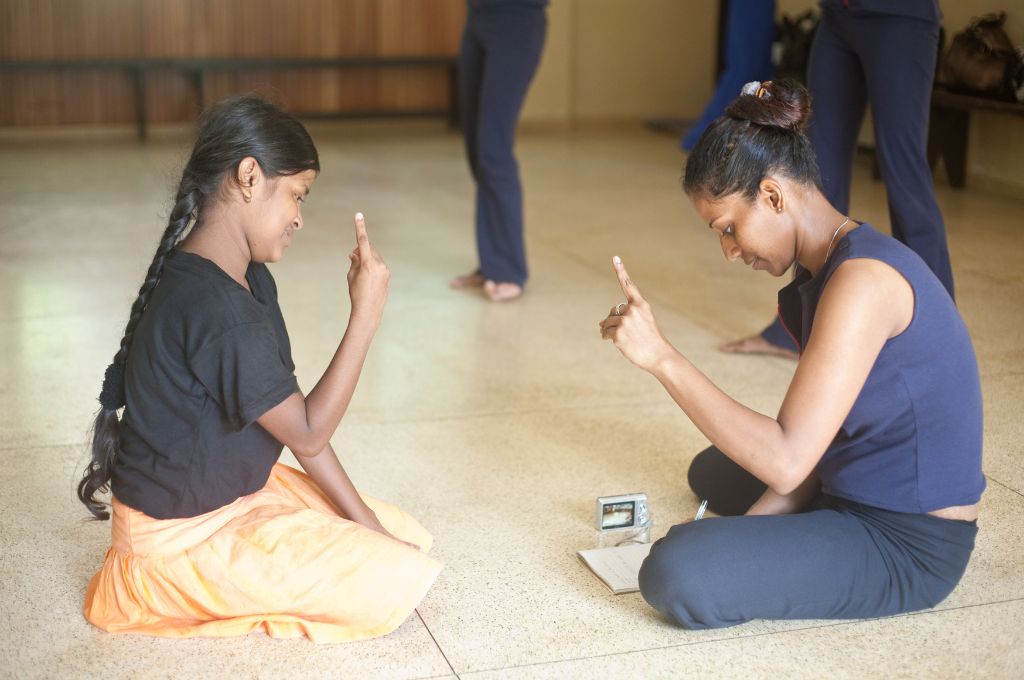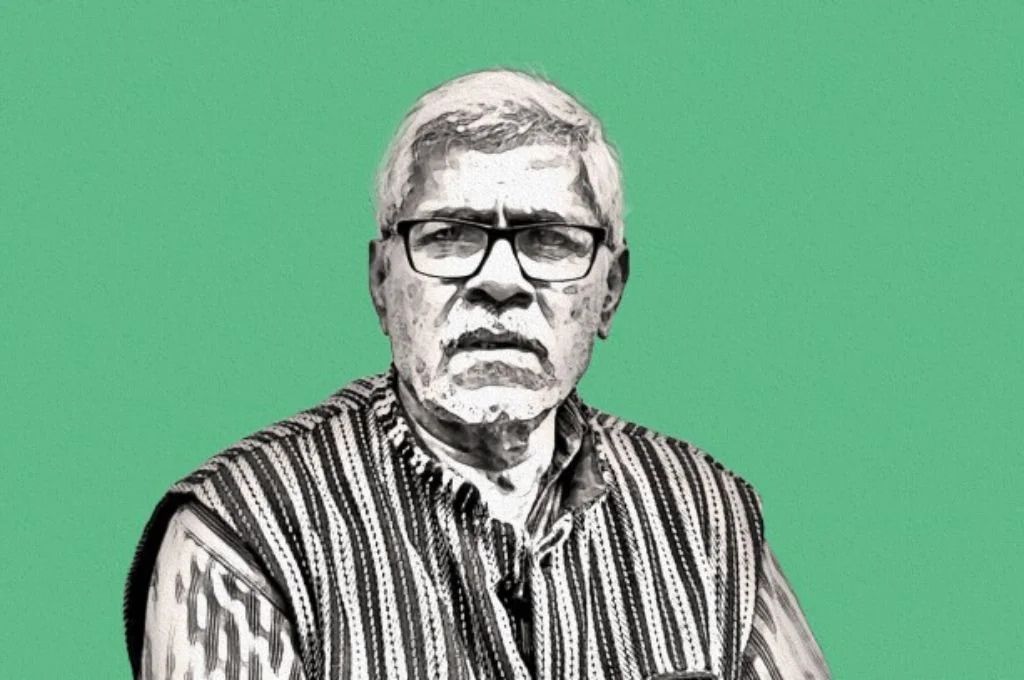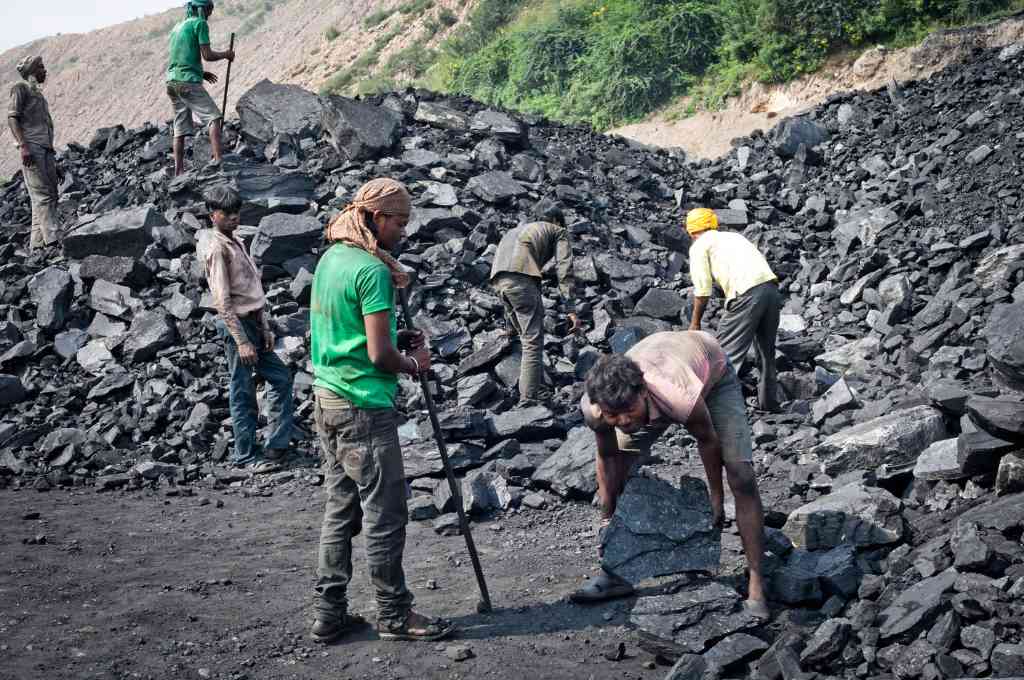Rippan Kapur, the late founder of CRY (Child Rights and You), had a friend who didn’t know much about child rights. He had a bike–and an inability to say ‘no’ to Rippan. So he would offer a lift to anyone from CRY who was travelling within the city for meetings, fundraising or delivery of CRY cards. He did not ever realise how many children’s lives he had touched through this simple act of generosity.
When I look back at our journey as fundraisers for a cause, I realise that this was just a wonderful example of ‘earning people’– getting more and more people attached to the cause with whatever they can contribute: time, money, resources, intent to do something for our children.
It has not been an easy journey trying to convince people why rights-based work was more important than activities in service delivery mode, especially in a country that is beset by so many serious issues that demand immediate targeted action.
Why rights-based work?
There’s a simple answer to this: the alternatives are unjust and ineffective in the long run. The basic idea behind the rights-based approach is to build the capacity of communities to take charge of their own lives, so that the change is sustainable and permanent.
[quote] The basic idea behind the rights-based approach is to build the capacity of communities to take charge of their own lives, so that the change is sustainable and permanent. [/quote]
The actual USP is that permanence. Why CRY moved from relief to rights is because we wanted to make our money last. If I throw a pebble in, how many ripples can I create?
Along our journey, we realised that our work must go beyond children: the first pillar of sustainability had to be transformed communities of parents. We had to evoke their sense of responsibility and agency so that they are educated about their children’s rights and are able to stand up for them.

Photo courtesy CRY
The second pillar of sustainability is creating agency in children themselves such that they are able to take charge of their situation. Take the example of this tribal hamlet in Andhra Pradesh, where the children were left to fend for themselves when their parents, primarily hunter gatherers, would go into the jungles in the morning to come back only at night. As a result of our participatory model of working with parents and children, the children actually influenced their parents to negotiate with the DDO to get a school into their community.
The third pillar of sustainability is to work with government structures rather than adopt a temporary approach. That way, the impact touches the entire community.
Related article: Working with the government
When working with a Dalit hamlet that had 20 kids, we ended up reviving the government school that served the entire village. While the non-formal education route for the 20 kids would have been cheaper, the entire village benefitted when the school was revived. And the Dalit children became part of the mainstream. So, there is a ripple effect on that entire community.
Rights-based work ensures multiplied return on investment.
The challenge of being ‘invisible’
The biggest challenge inherent in the rights-based approach is the ‘apparent’ invisibility. A huge chunk of the work in this approach is intangible in terms of returns. It is not as ‘visible’ as, say, building a school in a village or distributing food to the hungry.
[quote]When funders can visualise sustainable change…they begin to see that the impact is multiplied, permanent and transformational. [/quote]
Investing energies and monies into making a community capable of ensuring better lives for themselves does not show visible and immediate returns. This often makes funders a little hesitant in the beginning, as many of them would like to see, touch and feel the impact their monies have created.
Besides, donors—both corporate and individual—are becoming more conscious about where they are putting their money; unlike in the past, when they just had a few organisations to choose from, they now receive requests from multiple nonprofits.
How to build support for your work
In such a scenario, fundraisers for rights-based work can either stick their heads in the sand and refuse to see the change around them, or they can change the way they work.
Communicate the intangible
For starters, they must find the right tone of communication to translate the intangible impact into something donors would be able to envision and believe in. When funders can visualise sustainable change, the advantages of funding rights-based work become crystal clear. They begin to see that the impact is multiplied, permanent and transformational. And they understand why it needs to be supported for a longer period.
Earn people
The journey towards “earning” people is essentially about building relationships based on trust and transparency with your stakeholders.
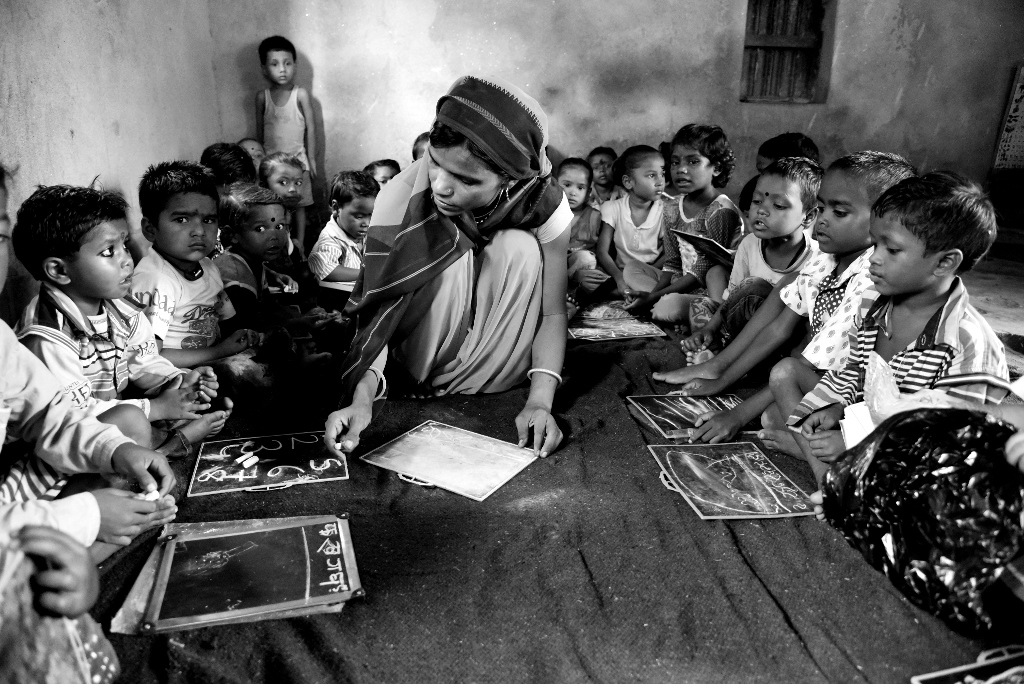
Photo courtesy CRY
a) Trust: Building trust is about ensuring that you have sustained, meaningful interactions with your donors. Your retail donors, for example, won’t be interested in your annual report, but they still expect you to send it to them. Small things matter: Did you thank them for their support? Did you send them a receipt for their donation on time? Did you respond to their phone call or mail on time? While all this might seem simple enough, it requires putting in place stringent processes within your organisation and training your team to take these processes seriously.
b) Transparency: It is important to tell people about your work. At CRY, after having gone through phases where we’ve tried to explain the rights approach to donors, we’ve realised that it doesn’t work. People just want to know if their money is being used well. They don’t necessarily want to see your work, but they want to be given the option to see it if they wanted to.
Once you have earned people—funders, donors, governments and communities—you have the necessary support to address inequity that lies at the root of several issues in our society. Unless the root causes are dealt with, our country cannot hope for lasting change.

